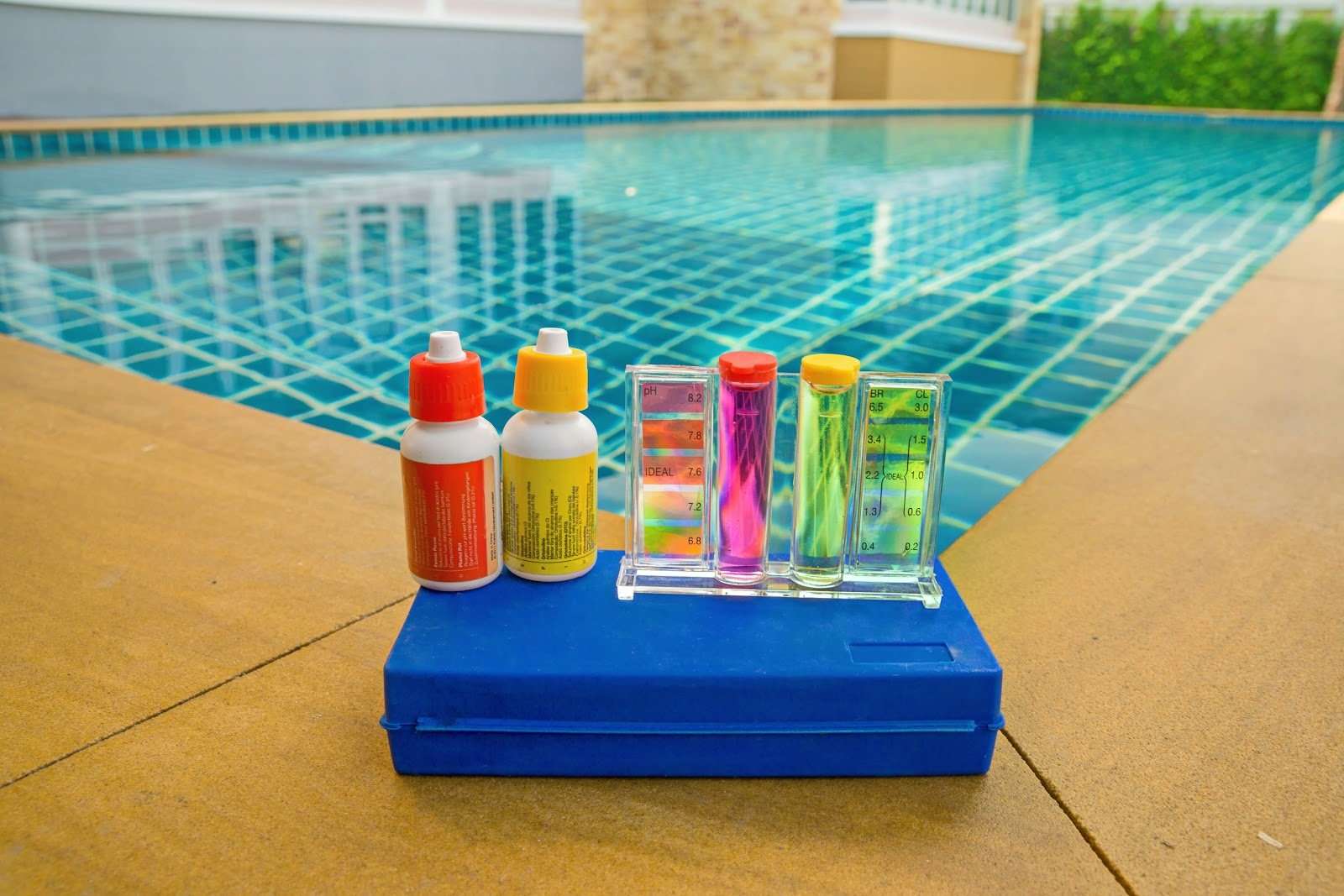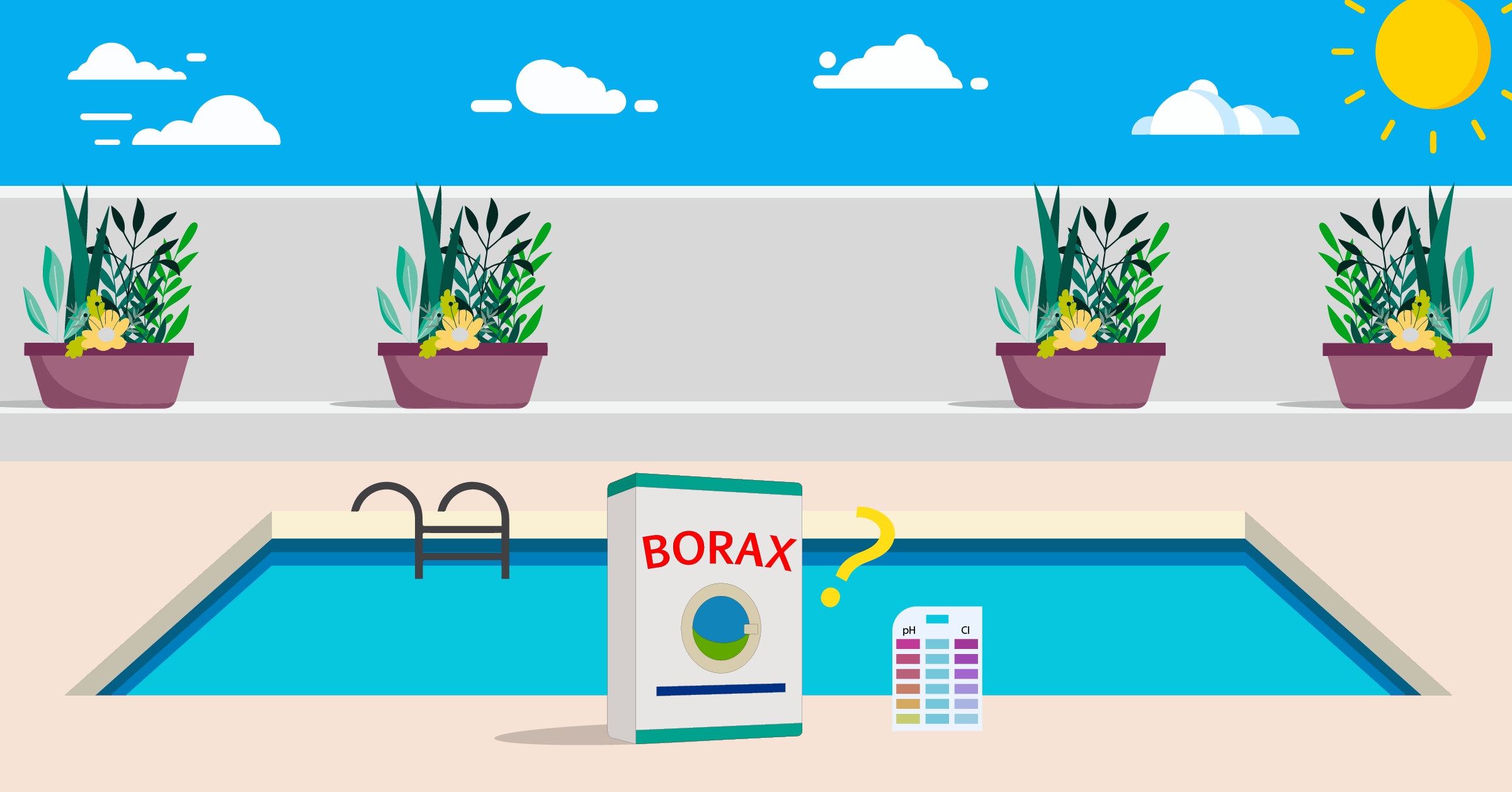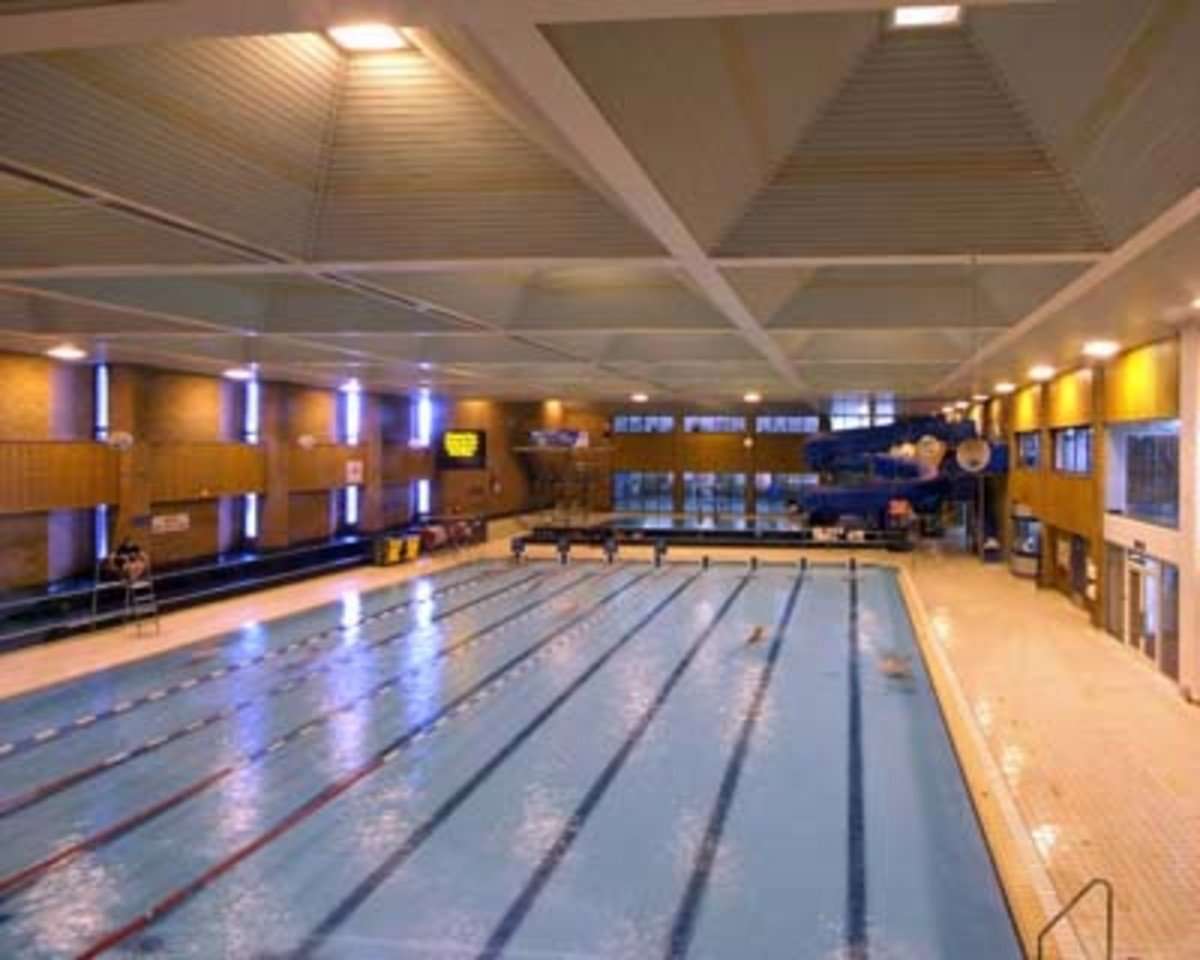Why Does Alkalinity Rise And Fall
Remember that everything that makes contact with the pool changes the pH over time. When sweat and body lotions from people enter into the pool water, the pH level increases. When new water comes through, or when pool owners shock the pool with chlorine, alkaline levels do increase.
When it rains, the pH level decreases along with alkalinity levels. Bodily fluids and other debris can also change alkalinity levels.
How Much Cyanuric Acid Should Be Added To Swimming Pool Water
As with any chemical that is added to swimming pool water, care should always be taken. Test the water first for the chemical being added. There are plenty of Cyanuric Acid level tests available to consumers and pros alike. I like this one from , in fact, its the exact kit that most field techs use and its as accurate as you can get without having the high-end electronic testers.
Keep in mind that the proper range will vary, but a good rule to go by is 10x your desired chlorine level. So if you keep your chlorine at 3.0 ppm, you would keep your CYA at about 30 ppm. Since cyanuric acid does not evaporate from swimming pools, you will only need to add it every couple of years.
A word of caution if using trichlor or dichlor tabs. These contain stabilizer and will add to your levels in the pool. Its not uncommon for pools that use these as a primary source of chlorination to reach upwards of 100 ppm of cyanuric acid.
Can You Swim After Adding Muriatic Acid
Adding muriatic acid directly to your pool can create a hot spot of acid that can potentially burn or irritate the skin if you swim too early. Even diluted muriatic acid can potentially cause harm. Muriatic acid contains hydrochloric acid concentration levels between 28 to 35 percent. Swimming in hydrochloric acid can irritate your eyes and respiratory tract, causing coughing, hoarseness, and inflammation of the respiratory tract.;
Some people will tell you that its safe to swim just 30 minutes after adding muriatic acid to your pool water. But we recommend playing it safe by waiting three to four hours and testing your water before swimming in your pool. The Pool Calculator app for desktop, iOS, and Android will help you understand the amount of pool chemicals needed to balance your pool based on its temperature, volume , and surface.
Don’t Miss: How To Remove Hard Water Stains From Pool Tiles
What Is Cyanuric Acid
Cyanuric acid;is a chemical compound that forms a weak bond with the free chlorine in the pool water, protecting it from the suns ultraviolet rays to reduce chlorine loss. .
This chemical compound is called triazine;and is composed of 3 carbon and 3 nitrogen atoms.
Another derivative of the compound is melamine, which is used as a fire-retardant as well as a pesticide. But rest assured, the compound known as cyanuric acid is formulated slightly differently than melamine and is completely safe.
Cyanuric acid is sold both in liquid and granular form, and some products even have it mixed right in.
Trichlor and dichlor both contain CYA to stabilize the chlorine, which kind of helps take the guesswork out of how much to use.
What Is The Best Way To Add Chlorine To A Pool

Since it kills bacteria and viruses, chlorine is an essential pool additive. It comes in four different forms: tablets, sticks, granules, and liquid.
Granular chlorine may be spread over the pool or added to a skimmer. Dichlor chlorine comes with a small grain size and will rapidly dissolve, so there is no need to dissolve it. Before adding to your skimmer.
Cal-hypo chlorine is bigger grains and has to be dissolved in water, or your pool lining will be bleached.
If you are adding chlorine granules into your skimmer, you can do so with these steps
You May Like: How To Lower Cya In Pool
With The Balance Restored All Is Well
Knowing how to lower pH levels is an important skill for every pool owner. However, if you dont have the time or if its too much to handle,;
We can handle everything from balancing pH levels to mechanical repairs, pool cleaning, and maintenance. Well make sure that your swimming pool is always in tip-top shape!
How Much Acid To Add
There is no single answer to this question because it depends heavily on the current pH level of your pool. Also, the size of your pool matters as well.
You should know the exact pH level of your pool water. It can be difficult though when you are using standard test strips. They just tell that the pH levels are high.
In most cases, you may have to add a quart of muriatic acid in an average size in-ground pool if the pH level is higher than 7.8. Do not forget to check the pH level after allowing the water to circulate for an hour.
For smaller above ground pools, using a cup of acid is usually a good starting point. Re-testing will help you determine how much more to add. Introduce acid carefully because low pH levels would lead to chlorine loss, metal corrosion, wrinkles in vinyl liners, and chlorine loss.
You May Like: Doheny Sand Filter System
What’s The Correct Range Of My Pool Ph
Most textbooks;will tell you the optimal range for your pool pH is a very narrow 7.4 – 7.6.; In my opinion and over 20 years of experience, this is too narrow and very difficult to control.; Your pool pH is pretty forgiving, so you can plan on shooting for 7.2 – 7.8.; This way your chlorine will still be effective and you’re not stressed out over a simple 0.2 variation.;
Acid Magic Vs Muriatic Acid
Acid Magic etches, clarifies, and cleans like a traditional 20 degrees Baume, 31.45 percent ordinary muriatic acid. Its special combination of ingredients doesnt burn intact skin when it comes into contact with your body like muriatic acid.
Furthermore, acid magic produces less corrosive fumes when you compare it to muriatic acid even when in concentrated form. Therefore, it is very ideal for using both outdoors and indoors for cleaning and maintaining your swimming pool.
Also, you can use it to do other cleaning chores around your house. But also provide sufficient ventilation when working with any acid indoors.
Read Also: Salt Water Pool Cost Estimator
Will Pool Shock Remove Stains
The easiest stains to remove are organic stains. Shocking or super-chlorinating your pool is effective at getting rid of these types of stains. Metal pools stains can be more challenging to remove as they must be treated with chemicals. You can remove iron stains with ascorbic acid found at your local hardware store.
A Quick And Dirty Guide For Using Muriatic Acid In Your Pool
DIY pool maintenance is a hectic job.
And you know that.
One important but often ignored thing to ensure is that it has the right pH levels. Both high and low pH levels can cause a variety of problems.
With high pH levels, you will notice scaling to appear on the surface of your pool and equipment. On the other hand, low pH levels leave you with highly acidic water. This increases the risk of corrosion in the pool surface. It can also damage your pool equipment.
To solve this issue, you can find different types of acids and solutions.
For instance, you can use cyanuric acid granule or liquid to protect chlorine from being damaged in the sun. You may use concentrated vitamin C or ascorbic acid to remove metal stains.
Likewise, you will need use some type of acids to restore the pH balance in your pool.
When the pH levels are high, certain acids can help control the alkalinity. The most common choice here is hydrochloric acid or muriatic acid.
Sulfuric acid may also be used, but its not the safest choice. So, make ensure it is suitable for your pool before going any further.
Read Also: Can You Heat An Above Ground Pool
How To Add Acid
When you add acid, pour it into the deepest part of the pool, while the pump is running and circulating the water. Wait at least an hour before using the pool; if you added a lot of acid, wait 24 hours and test the pH before using the pool.
This article is accurate and true to the best of the authors knowledge. Content is for informational or entertainment purposes only and does not substitute for personal counsel or professional advice in business, financial, legal, or technical matters.
Drawbacks Of Using Cyanuric Acid

Just like with all the other chemicals you add to your pool, there is such a thing as too much CYA.
In fact, adding too much will completely destroy the effectiveness of your chlorine. So now, instead of wasting time and money on one chemical, youve done it with two.
Also, when CYA is too high, theres not much you can do to decrease it except to dilute it.
And to do this, youll need to drain some of the water;from the pool and add more, which is time-consuming and wasteful. Not the ideal way to spend your Sunday.
The moral of the story: a little CYA goes a long way. Add a little at a time and test your levels in between.
You May Like: Head Lice Swimming Pools
What Happens If You Put Too Much Muriatic Acid In The Pool
If you put too much muriatic acid in your pool, the pH will drop, and you run the risk of frosting your pools surface. This will cause a lot of damage and/or problems for your pool.
The acid will erode all the plaster from the swimming pool, which can take months to repair! The corrosive nature of muriatic acid will also dissolve any metal fixtures in contact with it.
How Can Muriatic Acid Help Lower Alkalinity And Ph Levels
If youve read elsewhere that muriatic acid is how to address alkaline imbalance, youre on the right track. Acid refers to anything with a pH of 7 or less. That means everything from citrus fruit to vinegar, carbonated beverages, and baking powder and bleach count as an acid.
Acid is used for a variety of purposes but does the same thing: it cleans and removes one substance from another. Muriatic acid is a form of hydrochloric acid, but with more dilution and a pH level of 1-2.
Muriatic acid is a milder acid, making it appropriate for treating swimming pool water, as it will lower the total alkalinity and pH. Yep, muriatic acid can act as a pH reducer too. Whats important to observe is that the chemicals you buy have the proper concentration of muriatic acid, specifically for treating swimming pools.
Muriatic acid also cleans pool surfaces and filters. When you add it to the water, however, you aim to adjust alkalinity levels as close to 125 ppm as possible. Use our pool alkalinity calculator to help you dial it in to the right level.
Alkalinity levels decrease by default, so it might always be a little higher than average. But when you lower alkalinity levels, you also lower pH. That means to maintain balance you must adjust pH to between 7.4 and 7.6.
For the best results, its best to adjust pH and alkaline levels in stages. Consider adding chemicals slowly, according to a paper on chemical adjustment.
Don’t Miss: How Do You Get Iron Out Of Pool Water
The Ultimate Guide To Using Muriatic Acid In Your Pool
Download our free Pool Maintenance Starter Kit and learn how to manage your pool affordably and efficiently.
Download our free Pool Maintenance Starter Kit and learn how to manage your pool affordably and efficiently.
Muriatic acid is a strong and corrosive solution that can be used to clean pool items, lower the alkalinity in your pool, or reduce pH levels. It is also known as hydrochloric acid, and it has many other uses outside of pools.
As a swimming pool owner, it is important to safely use muriatic acid in your pool. In this article, we will discuss how muriatic acid works and go into detail about how you should use it in your pool for maximum benefit.
Muriatic Acid Vs Hydrochloric Acid
Many new pool owners think that hydrochloric acid and muriatic acid are two different things. They are essentially the same with very little difference. Speaking of muriatic acid vs. hydrochloric acid, the main difference is the presence of contaminants.
Muriatic acid has a lower Baume rating and is usually the less pure form of hydrochloric acid. Sometimes, more contaminants are added to increase the aggressiveness of muriatic acid.
Moreover, muriatic acid is generally less expensive as compared to the reagent grade. Hydrochloric acid is purer and is generally used for laboratory applications.
Don’t Miss: Best Sealer For Stamped Concrete Pool Deck
How To Add Muriatic Acid To Pool
Keeping the alkalinity of the pool at the right level can be done easily without spending a lot. Just by adding the right amount of muriatic acid and following the right process, you can easily obtain the right level of alkalinity.
If you left the pool untreated, it would cause harm in your pool water and the circulation system. Adding muriatic acid is the simplest and inexpensive way of lowering the pools alkalinity. You just need to have some patience, a bucket and know the safety precautions you need to apply.
Before you start adding the muriatic acid, you need to prepare the materials you need. Keep in mind that muriatic acid is highly caustic. It can burn your skin within seconds, and inhaling its vapor can cause severe respiratory problems.
Test The Ph Of The Pool Water Using A Ph Probe
Its best practice to test the water a couple of times a week using a pH probeto catch any rapid changes in water chemistry. At this step, if your pH is too high then muriatic acid will be the best bet for lowering pool pH into healthy levels. Again, if alkalinity and pH are both off, first attempt to bring the pool pH slightly below optimal levels since adding alkaline substances will increase alkalinity and also pH .
Don’t Miss: Can Lice Live In Chlorine Pools
How Much Muriatic Acid To Add To Pool
When it comes to how much you muriatic acid you have to add to the pool, you can never an exact amount as it depends a lot on a number of things. As a result, you first have to get the current pH level of the pool, combine it with the size of the pool to find out just how much you have to add to the pool.
It should be hard to know the pH level of your water. This is because there are a number of methods you can use to test the pH level. You can use the standard test strips that will tell you if the pH is too high. You might not get the exact pH level, but you will know where it is situated.
In most cases, you will have to add a quart of muriatic acid for an average size ground pool holding about 15000 gallons and has a pH level higher than 7.8. It is recommended that you get to check the pH level after allowing the pool water to circulate and settle for an hour.
For the small aboveground pools, it is recommended to use a cup of the acid. Retest the water again to see if the pH has lowered. You can add more acid to lower the pH further if you have to.
Can I Add Muriatic Acid All At Once

So youve just done a pH test and your water is too alkaline. You know you need to get that pH down before it damages the filtration system, or becomes a safety risk, and youve heard that muriatic acid is a great way to do that. But how? Can you just add it all at once? Do you need to wait before or after adding chlorine?
In this post, well set the record straight and answer all these questions for you. Well give you some safety tips to make sure that your pool isnt damaged and youre not risking your safety or the health of your family by making mistakes.
Read Also: Wasps Invading Pool
Add The Muriatic Acid
If you were in a hurry, you could pour muriatic acid straight into your pool water, but diluting it first makes it easier to handle and less dangerous to you if it splashes. Its worth a few extra minutes and a bucket to water it down.
The ideal ratio of water to muriatic acid is 10:1. Pour the appropriate amount of acid into the water, then stir it gently with a plastic or wooden stir stick.
Important: Add water to your bucket first. If you add the acid first, you run the risk of a chemical reaction.
Pour the contents of the bucket into the deep end of your pool. If your pH is also high, you can walk around the pool slowly pouring the mixture in as you go. This helps add a little air to the water and gets the chemical circulating as you add it.
Warning: Rinse your muriatic acid bucket thoroughly after every use, and do not use it for any other chemicals. You could cause an actual explosion.
